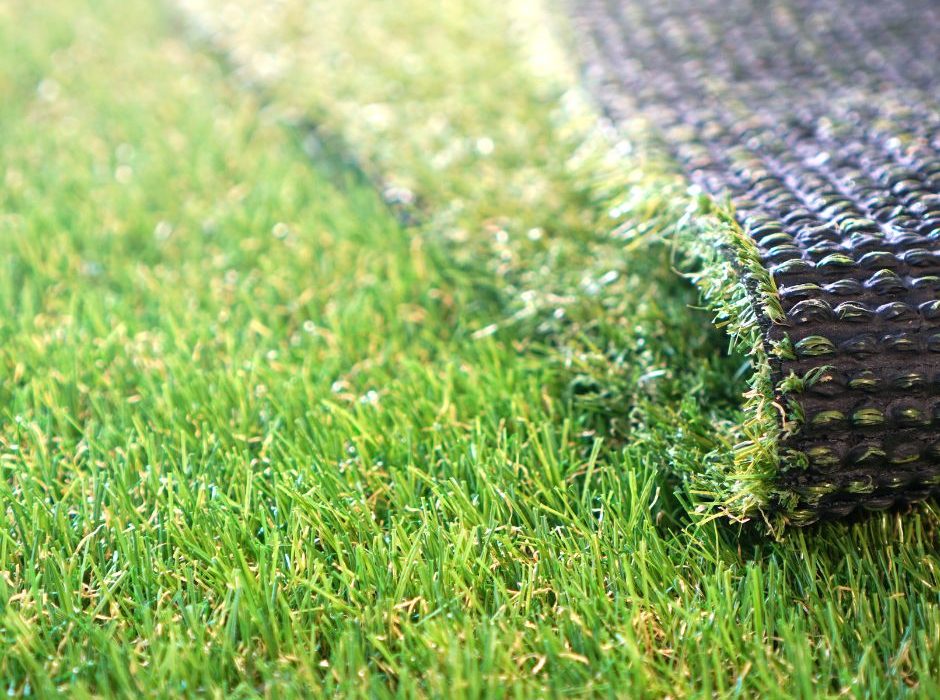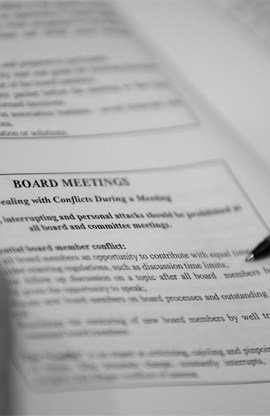On March 30, 2022, Governor Ducey signed HB2131: ARTIFICIAL GRASS BAN PROHIBITED; HOAs into law which adds a new section to the Planned Communities Act (A.R.S. Section 33-1819). This new law applies only to planned communities and will become effective on September 24, 2022. Set forth below is Mulcahy Law Firm, P.C.’s easy to understand explanation of this new law and we provide Sample Artificial Turf Guidelines and Rules. Please contact Mulcahy Law Firm, P.C. with questions.
Amending Title 33, Chapter 16, Article 1, Arizona Revised Statutes, by adding Section 33-1819.
This new law applies only to planned communities.
- Regardless of what an association’s documents state, in any planned community that allows natural grass on a member’s property, an association may not prohibit owners from installing or using artificial turf on any member’s property after the time of developer control.
- A planned community can adopt reasonable artificial turf rules regarding: (a) the quality, installation and appearance of the artificial turf (as long as those rules do not prevent installing artificial turf in the same manner that natural grass would be allowed by the community documents); and (b) the location on the property and percentage of the property that may be covered with artificial turf to the same extent as natural grass.
- A planned community can require: (a) the removal of a member’s artificial turf if the artificial turf creates a health or safety issue that the member does not correct; and (b) replacement or removal of the artificial turf is not maintained in accordance with the association’s standards for maintenance.
- A planned community can prohibit the installation of artificial turf in these situations: (a) if it is installed in an area the association maintains or irrigates (for example, on common areas or front yard areas that an association under the CC&Rs maintains); (b) if a planned community prohibits the new installation of natural grass on a member’s property, the association can also prohibit the new installation of artificial turf on a member’s property (except that, in that instance, an association may not prohibit a member from converting natural grass to artificial turf on the member’s property.); and (c) if the planned community has unique vegetation and geologic characteristics that require preservation by the Association and in which the viability of those characteristics is protected, supported or enhanced as a result of the continued existence of natural landscaping materials.
- If a court finds a planned community violates this law, a court shall award reasonable attorneys’ fees and costs to any party that prevails as determined by the Court.
SAMPLE ARTIFICIAL TURF GUIDELINES/RULES
Artificial Turf Guidelines/Rules:
Any lot in the community is limited to a maximum of 70% coverage in total using artificial turf (for the front, sides and rear). The areas for possible installation are for any existing “developed” landscaped areas on the lot; whether existing turf, mulch beds, rock beds, islands, etc. All owners must submit an ARC request prior to installation and receive approval before beginning any work. The request should include the following:
- A sample of the product including model name and style
- Complete product specification sheet from the manufacturer
- The manufacturer’s warranty on the product being submitted
- Photo(s) of the area to be covered by the artificial grass
- Proper drainage plan if required
- Photo(s) of proximity areas as well as description of the method of installation
General Guidelines:
A. The design plan must incorporate natural curved boundaries where possible (avoid squares, rectangles, etc., except where the turf may abut the driveway or sidewalk). The turf may not be installed directly up to the foundation of the home, there must be a border of rock or mulch to separate the turf. The artificial grass product must be made of Polyethylene and have a minimum face weight of 50 oz. with a 20 oz. weight permanent backing.
B. The color must be like the geographical area, as a blended, multi-color monofilament fiber and a minimum pile height of 1.5 inches.
C. Front yard areas must retain a minimum of 30% of overall square footage as organic plant material such as planter beds, rock beds, mulch beds, bushes, shrubs, etc.
D. Professional installation is required and must include a weed barrier and a properly prepared aggregate base for drainage. An infill system is required.
E. Artificial grass must be cleaned as necessary and periodically groomed to maintain its appearance.
F. The owner will inspect the turf annually after the expiration of the warranty period to ensure the aesthetic properties are maintained. The Association may require replacement if there are signs of damage, lifting, unevenness, worn areas, fading, deterioration, or if the turf is a health hazard.

